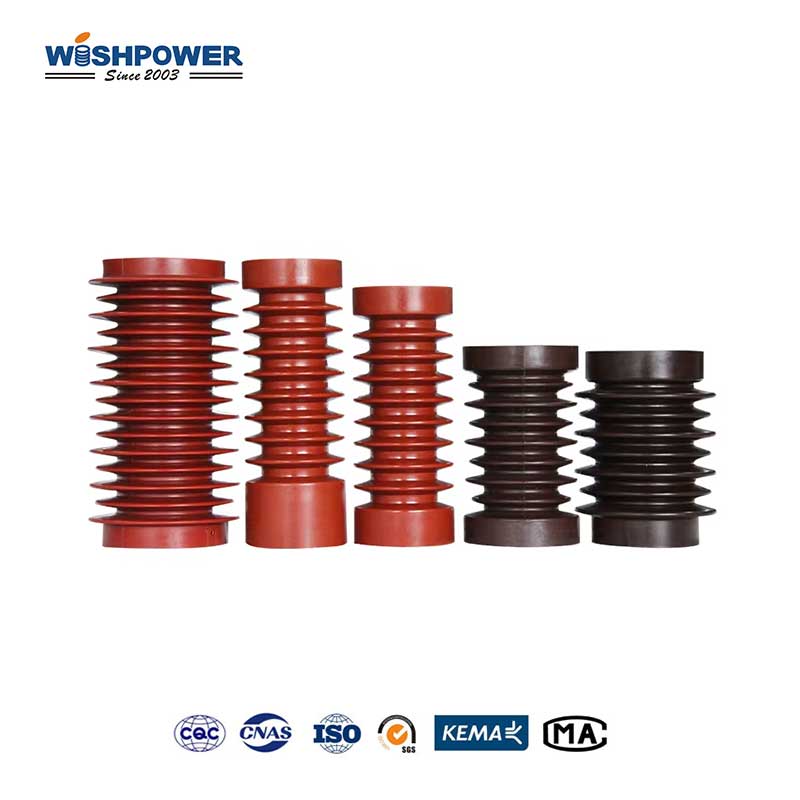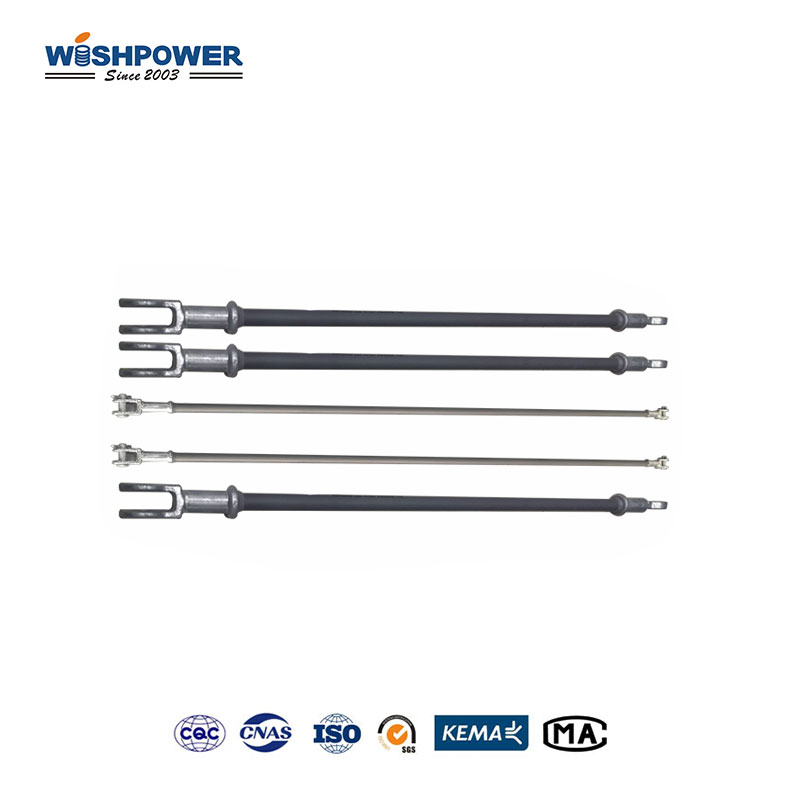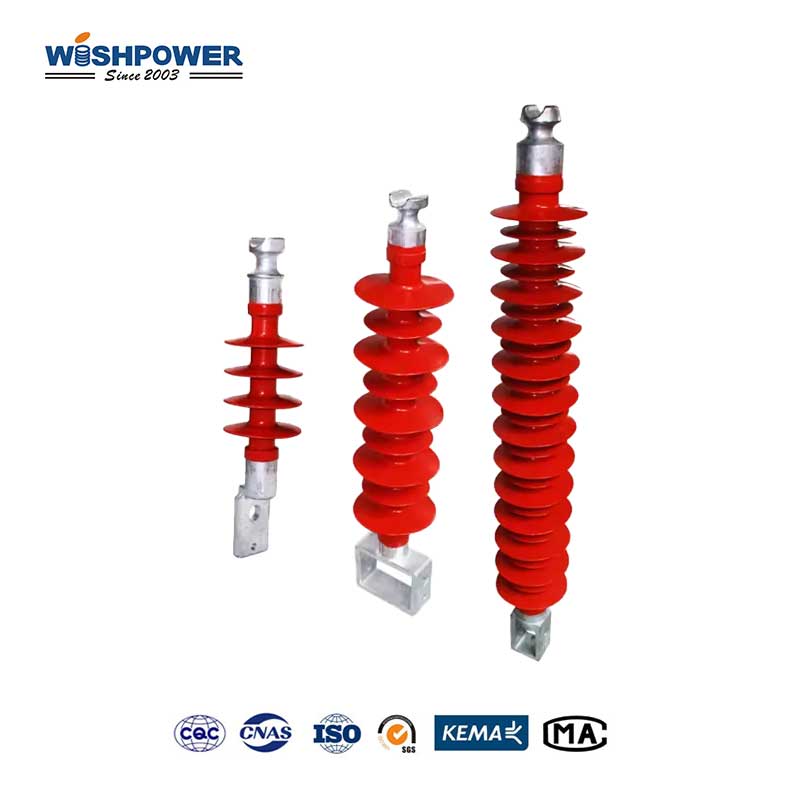Composite insulators and polymer insulators are two electrical insulators used extensively in today’s power transmission and distribution. They cover and protect electrical conductors and give mechanical support to them to avoid any dropping of the power lines. Even though both a composite insulator and polymer insulator sound similar they differ in materials used, method of construction, performance, and the type of application.

What is a composite insulator?
Composite insulators are commonly made of several different materials planted together in a singular structure; for instance, a fiberglass rod accompanied by a polymer covering and metallic end components. The fiber-reinforced epoxy or fiberglass rods serve as strength or libido to support high tension and bending loads. The outer shell is typically constructed of silicone rubber or ethylene propylene diene monomer (EPDM) although other polymers are possible provided they offer protection to the core, from processes such as moisture infiltration, pollution, and UV radiation. The end fittings are commonly of steel galvanized or aluminum form, which are mounted on the respective end of the insulator to enable it to mechanically connect to the electrical conductor as well as the other structural means.
What is a polymer insulator?
Polymer insulators or synthetic or non-ceramic insulators as they are often referred to, are made out of a host of polymer materials such as silicone rubber, EPDM, and polymer blends among others. Polymer insulators are normally made of a homogenous polymer material right throughout the structure of the polymer insulator and not a composite structure of fiberglass core surrounded by a polymer sheath as it is seen in composite insulators. They are used for the electrical insulation and mechanical support of electrical conductors as those of conventional ceramic or glass insulators.
Composite Insulators VS Polymer Insulators
1. Material Composition
Composite insulators are characterized by the use of materials such as fiberglass core, polymer, and metal end fittings. For that matter, polymer insulators consist solely of polymer, including silicone rubber or EPDM, and are not categorized into layers with a central core.
2. Mechanical Strength
Composite insulators have a fiberglass-reinforced core therefore their mechanical strength will often be higher than that of polymer insulators. The core also gives extra tensile strength compressive strength and bending strength to the composite insulators. That is why composite insulators are more applicable at high-voltage transmission lines and other places where mechanical strength factors are of higher consideration.
3. Hydrophobic Properties
Both composite and polymer insulators are characterized for their hydrophobic nature though composite insulators with silicone rubber shells have better water-repellent characteristics. Polymer insulators are also hydrophobic, although, the details depend upon the piece of polymer utilized.
4. Resistance to environmental factors
There are polymer and composite insulators; both are created to be highly resistant to the effects of UV radiation, pollution, and temperature fluctuations. However, insulators that have multilayer dielectric layers along with a polymer sheath are usually more resistant to environmental degradation in the long run. Polymer insulators are monolithic structures made of a single material and might erode or degrade fast in some places.
5. Applications
The composite insulators find their application in numerous fields. These insulators include composite insulators which are mostly recommended for use in high voltage transmission lines especially in coastal regions, over polluted industrial regions, and mechanically stressed regions such as mountains. It is also applied in substation equipment, railway electrification equipment, and high voltage direct current (HVDC) transmission equipment. Polymer insulators find application in medium voltage distribution systems including overhead power lines, distribution transformers, and switchgear. It is also used in low voltage applications for instance lighting of streets, and telephone or telecommunication lines that do not demand high mechanical breakdown.
What is the difference between composite and polymer insulators?
The composite insulators have multiple levels of coatings with a fiberglass core offering the mechanical strength and toughness that is fitting for high voltage high-stress transmission lines. Polymer insulators on the other hand are cheaper, lighter in weight, and easy to fit, especially in medium and low-voltage systems where mechanical strength is not a big issue. Such information is vital in choosing the appropriate insulator type for use in certain applications in the power industry.
If you have different opinions or want to know more, please leave a message on the website or contact us directly at info@wishpower.net

















